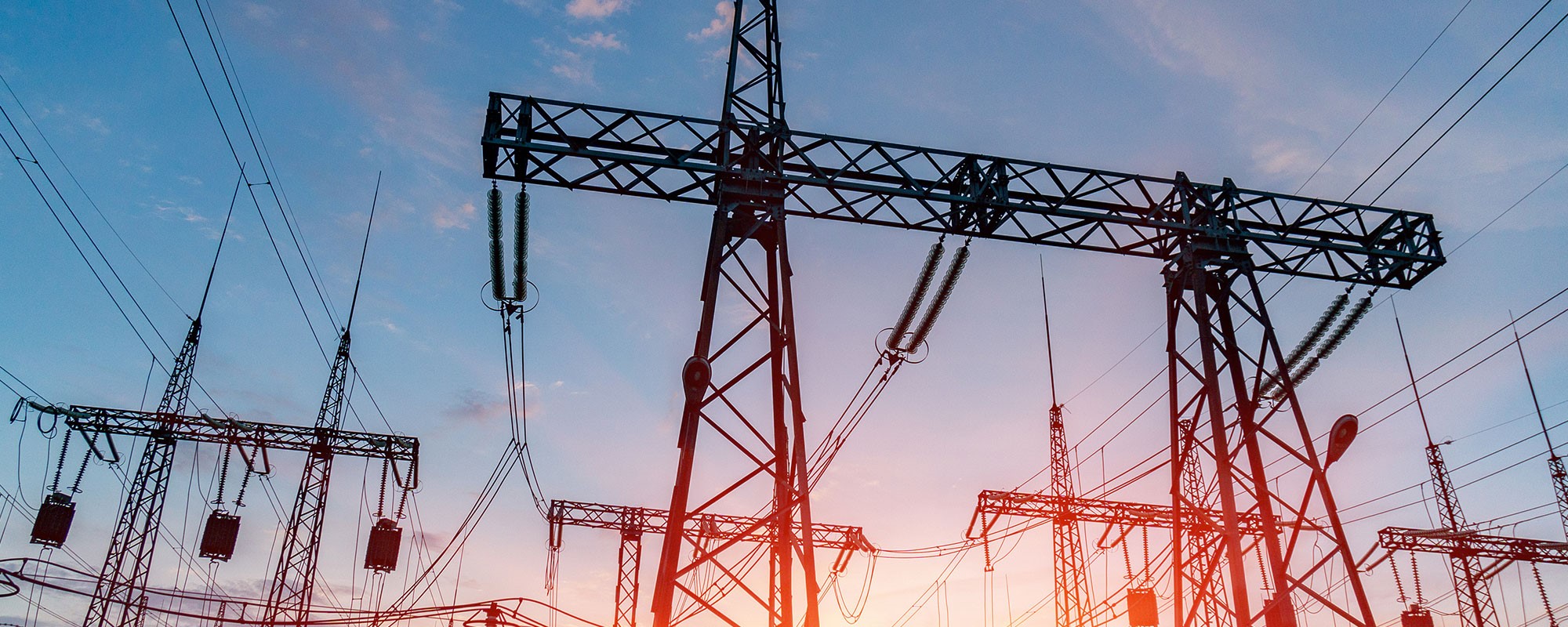
Published
- Sustainability
- Financing
Siemens outlines roadmap for a journey towards greener energy
A successful transformation of the energy sector needs flexible solutions that allow fossil fuels to be phased out at a rapid pace while still securing affordable energy to the rapidly growing world population.
There is no doubt that access to energy raises the standard of living dramatically in many emerging regions.
“600 million people in Africa alone lack access to electricity, which is a basic human necessity today,” says Hans Holmström, CEO of Siemens Industrial Turbomachinery in Finspång, Sweden, He has witnessed the power of electricity to transform lives: “Electrifying a rural village changes the lives of every single villager – new pumps remove the need to carry water, kids can do their homework after sundown, it creates new jobs for grownups, and much more.”
The million-dollar question, then, is how to generate power without exacerbating the climate change. “Going forward, some things are absolutely essential,” notes Holmström. “We must begin the journey of converting traditional energy generation into methods that rely less and less on carbon-based fuel. Simply going from coal to natural gas, for example, yields a 50-percent reduction in CO2 emissions. Plus, you have the opportunity later to switch from natural gas to completely carbon-free fuels like hydrogen or biogas.”
“It’s not either/or”
Many countries and industries view the transition of the energy sector as insurmountable, but it needn’t be, says Holmström: “It’s not an either/or situation, but we do need a solution that does not lock the power industry into a fossil fuel dependence, but rather opens up for hybridization.”
Hybridization means being able to fuel power-generating equipment with different kinds of fuel, which facilitates a gradual conversion to more non-carbon fuels.
“Sustainability, availability and affordability are key factors in a viable transition of the energy sector,” says Holmström, and adds: “Many alternatives are needed to move forward in decarbonizing energy production.”
The gas turbines made by Siemens in Finspång, Sweden, are normally fueled by natural gas but may also run on carbon-free sources such as biogas and hydrogen.
The versatility of these turbines has made them a huge export success and 95 percent of production at the Finspång plant is shipped abroad. The turnover is 10 billion SEK annually, employing a workforce of 3,300 people in Sweden.
Storing wind, sun and wave power
The ability to power hybrid turbines with carbon-free fuels play a part in the shift towards a greener energy mix with a greater reliance on solar, wind and wave power. These green sources, however, vary according the weather and thus sometimes produce a shortage and sometimes a surplus of energy. In a near future, the surplus can be converted into liquid hydrogen that may be used as fuel either in gas turbines on the site or transported to be used elsewhere.
Siemens in Finspång recently sold industrial gas turbines to a chemical plant in Brazil that emits hydrogen gas in the production. Using this byproduct as fuel in Siemens’ turbines lets the plant use its own waste as energy source in a circular setup.
The roadmap for a green transformation of the energy sector is on the table: “The technology to enable the energy transition in the gas sector exists, there is no need for a Nobel-prize winning breakthrough,” says Holmström and adds: “What we need is a market for fossil-free fuels – which does not exist today – and there is going to be a large amount of capital required for the investments needed for the transition. I firmly believe we all have an opportunity to thrive in this new era.”
In supporting its huge export business, Siemens in Finspång has enjoyed a long cooperation with EKN.
At Siemens, Holmström comments: “We enjoy an excellent collaboration with EKN, and we could not have grown our export business to the same extent without EKN. Energy and infrastructure are sectors that rely heavily on financing, given the size of the investments required and the long payback time involved, which requires long debt tenors.”
Financial markets in tune with public policy
In an ambitious move that clearly indicates the tide has turned green in the traditionally conservative banking sector, the European Investment Bank (EIB) last year announced it would phase out its multibillion-euro financing for fossil fuels within the next two years and become the world’s first “climate bank”. Low-emission gas projects taking advantage of the heat produced in addition to the electricity will still be supported by the bank.
A similar ambition is expressed in the new export and investment strategy published by the Swedish government in December, which sets the target of phasing out export credit support for fossil fuel expropriation and production at the latest by 2022. EKN (together with The Swedish Export Credit Corporation, SEK) has been given the task of reviewing how the Swedish export credit system can contribute to a reduction in greenhouse gases and avoid lock-in effects in fossil fuel dependency while continuing to support Swedish exports.
Versatile turbines ease transition
The gas turbines produced by Siemens Industrial Turbomachinery let energy producers begin the transition from fossil to carbon-free energy production. The turbines can be fueled by a mix of natural gas (NG) and hydrogen and/or biogas. Thanks to 3D printing, for which Siemens has its own dedicated workshop, the key components can be constructed with a cavernous structure and cooling channels required to cope with the extreme heat emitted when burning hydrogen. The only emission from a hydrogen-powered turbine is water and the same technology is used in fuel cells in electric cars.
“Hydrogen is in many respects the ideal fuel – it’s not a scarce resource, there is no political dimension to it and the only byproduct is water. Solar and wind are other ideal energy sources and the surplus generated by these weather-dependent sources can be stored as liquid hydrogen,” says Hans Holmström, CEO of Siemens Industrial Turbomachinery.
